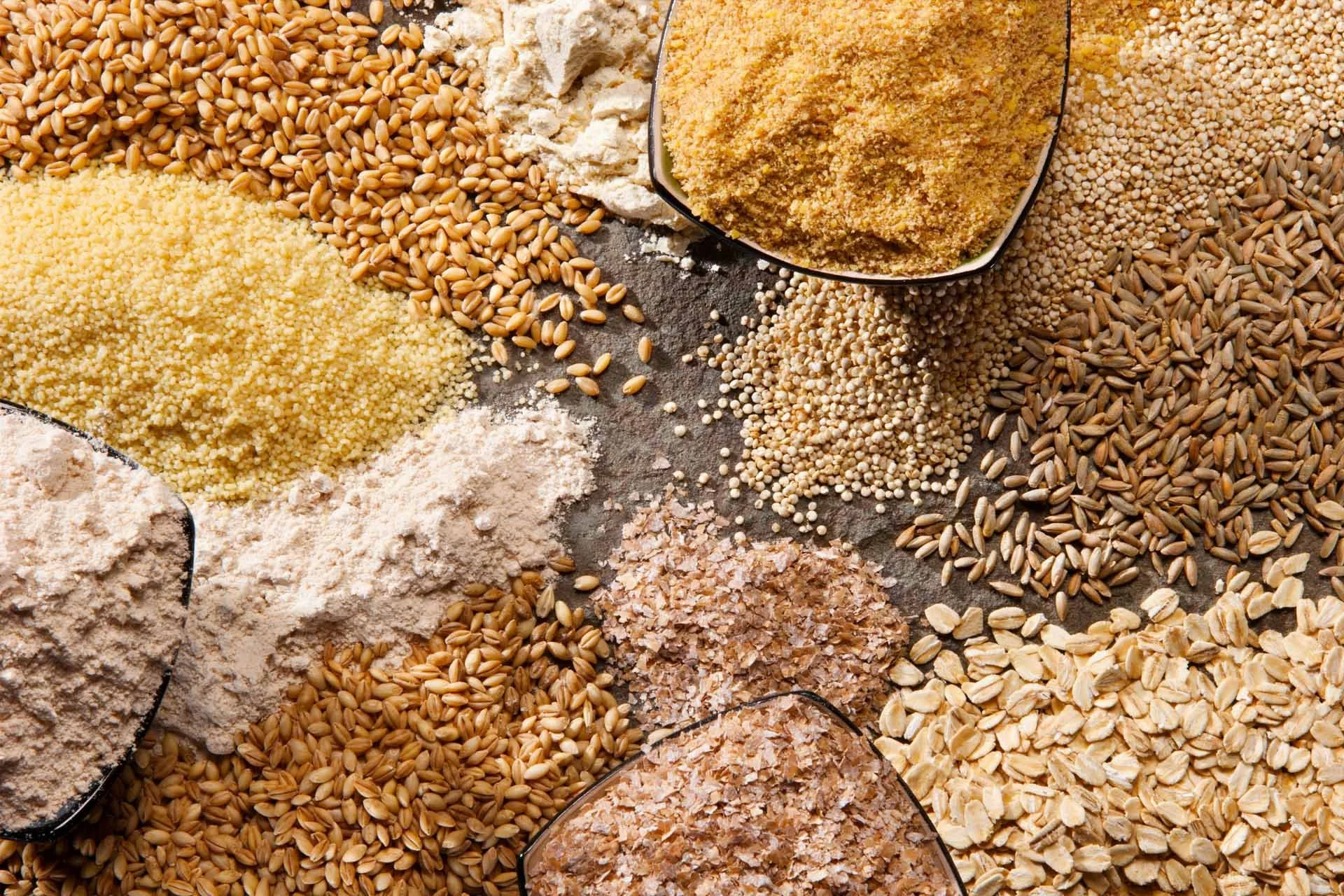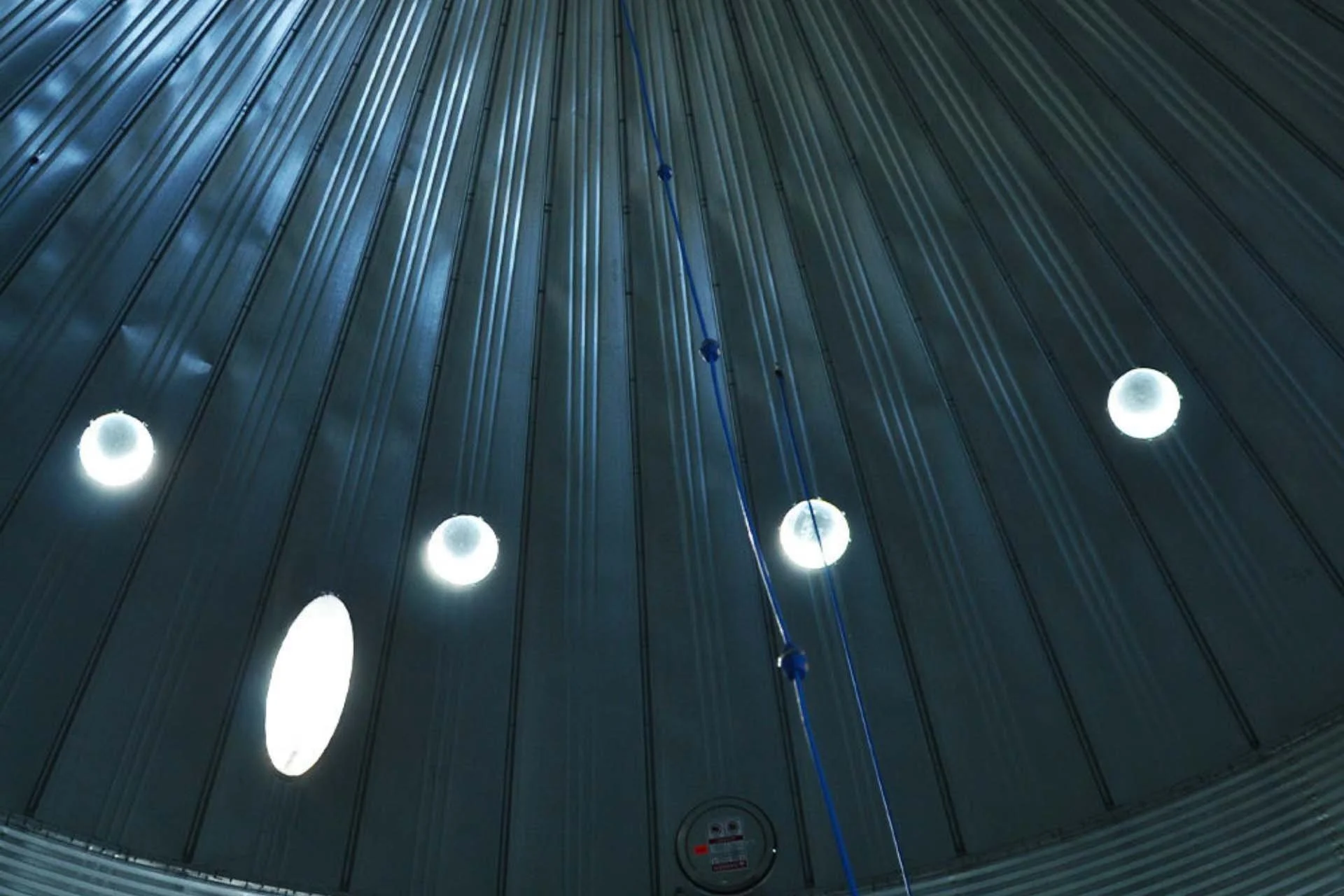Advanced Grain Bin Temperature Monitoring Options
Header Image Source: Canva
If you want to store your grain so that you achieve the greatest level of quality, you’ll certainly need a sophisticated grain bin temperature monitoring system. These monitoring systems aim to keep the grain at a specific temperature to reduce the chance that it will spoil, as well as help to spot hazards before they become major issues. They’ll also help you to store the grain for the amount of time that’s ideal for you so that you can sell it on the market at a time that best suits you and your finances.
In this article, we’re going to explore the reasons why you need a temperature monitoring system in your grain bins, and the types of equipment that are available to the modern farmer.
Why You Need To Be Monitoring Grain Bin Temperature
If you want to achieve the maximum levels of effectiveness and efficiency, you need to accurately monitor grain bin temperature. Later in this article, we’ll share the equipment that you could use but first let’s look at the reasons why grain bin temperature monitoring is so important and an essential part of grain farming.
Track Moisture Levels
Moisture is also often monitored within the grain bin, and temperature monitoring goes hand in hand. The temperature directly affects the level of moisture in the bin, higher temperatures can reduce moisture levels as it evaporates, and lower temperatures can cause condensation. The wrong moisture level can cause damage to the grain and therefore decreases its value.
If grain gets too moist, it spoils and can lead to various issues. Too dry and it can become brittle, leading to breakages and decreased quality. Keeping the temperature, and therefore moisture, at the right level means the best quality grain yield.
Prevent Fungal Growth and Insects
At the right temperature, insects can explode in population and mold can run rampant. High-quality grain needs to be devoid of any insects and mold. Especially as the latter can be harmful to both humans and animals thanks to mycotoxins.
When mold grows, and the grain spoils, heat is released. That increases the temperature around the spoil and the overall temperature increases. If you’re able to monitor these temperatures closely, there’s a chance that you can catch outbreaks before they spread.
Source: Canva
Increased Storage Time
Storing grain at a slightly lower temperature can dramatically increase the amount of time that it can safely be stored. Corn, for example, can be stored for around 47 days at 80 degrees if there’s a moisture content of 16%. When that same batch is stored at 50 degrees, it can be stored for 480 days. Over ten times as long.
Avoid Seed Germination
Moisture plus warmth leads to germination. Ideally, you’d remove both of these issues, but by monitoring temperature you can at least remove the warmth required for germination. That means your crop will be of higher quality and keeps its viability as a seed.
Prevent Steam and Crop Adhesion
Moist grain that begins to increase in temperature will release steam. That steam can cause major issues in the grain bin, namely adhesion. When grain adheres to each other it spoils and is no longer viable a commodity. Plus it’s far more difficult to remove from the bin and can cause issues with the machinery that you use. Lowering the temperature, or at least monitoring it so that it never reaches a level where steam can be released is a necessary step for farmers to take.
Grain Bin Temperature Monitoring Equipment Types
Grain bin monitoring has always been relatively unsophisticated. Take a reading from the bin and hope that it’s accurate, then act on the information that you’ve got. The issue is that these don’t always deliver high-quality results, and you could be acting on false information. You need a higher degree of accuracy to achieve the best grain, that’s where this equipment comes in.
Temperature Sensor Cables
The most helpful piece of equipment when it comes to monitoring grain bin temperature is the temperature sensor cables. These long probes and rods run within the grain itself or down the sides of the bin. They constantly monitor the temperature as a thermometer would, but deliver the readings digitally to your system. As temperatures are recorded and reported in real-time you’re able to act quickly and decisively.
Cables are also at their best when suspended in the grain. This system allows you to keep an eye on any potential hot spots that crop up as soon as they begin to grow.
Automated Fan Systems
When temperatures begin to increase, having a system of fans and coolers is a quick way to reduce the temperature within the bin and bring it to within safe parameters. When the systems are automated you can rest assured that the bin temperature will remain at the right level without even having to visit the bin.
Tracking And Monitoring Systems
Your grain temperature management system isn’t complete without a tracking and monitoring system. Lower budget options include digital displays on the outside of each bin. These are useful if you’re regularly in the location, but if you’re not you need a remote solution.
More modern options send the readings wirelessly to software on your phone. That means you can monitor temperature no matter where you are. You’ll also receive alerts for times when the temperature has gone outside of safe parameters.
Key Takeaways
Temperature monitoring has always been an important part of grain storage, it’s nothing new, but the technology that can support the process is evolving quickly. Investing into a substantial system will not only make your life easier, but it’ll improve your grain yield and therefore, your revenue generated.
The best grain monitoring systems won’t just monitor temperature, but also levels and moisture.
If you can afford a remote option, they’re by far the best option.
If you’re looking to discover cutting-edge temperature monitoring and other grain management systems, get in touch with Wall Grain today.



